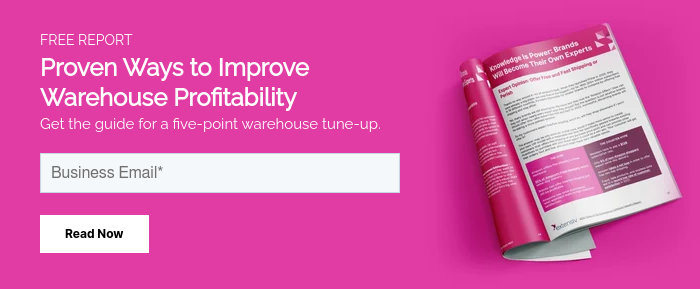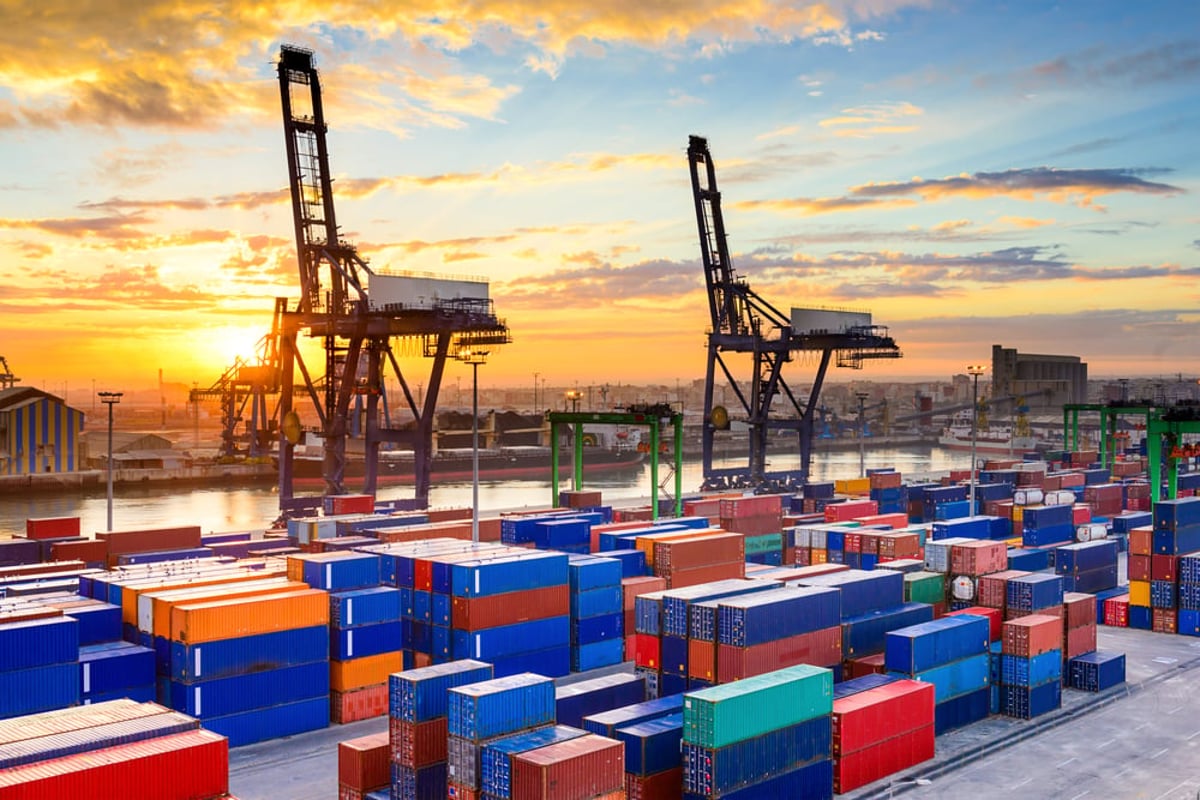Inflation and soaring prices have dominated the news cycle since the beginning of the year—and with good reason. In December, inflation grew at its fastest rate in 40 years with a 7% spike compared to the previous year, and many forecasts predict inflation staying high throughout 2022.
But what caused this inflation jump? While continued supply chain disruptions are a large contributor to inflation, the consequences of high inflation only complicate the supply chain issues further.
Here’s what we know about the causes and effects of inflation on the supply chain.
Supply Chain’s Causes of Inflation
Throughout 2021, supply chain disruptions at the ports and in warehouses due to bottlenecks and a labor shortage in the industry also contributed to shipping delays nationwide. These blockages left companies with reduced supplies of inventory. Simultaneously, consumer spending exploded, blowing past pre-pandemic trends.
In a state of reduced supply, companies had to raise their prices, creating the inflationary predicament we are in now. Although container shipping rates and delivery times have rebounded some in recent months, the healing of the supply chain hasn’t eased the consumer-price rally. Demand continues to surge past market predictions, and with a supply chain that can barely keep up, increased inflation seems here to stay for the foreseeable future.
What’s even more troublesome is how inflation has spread to industries not directly affected by the supply chain disruptions (i.e., retail goods) like proteins. Everyone who has bought meat at any grocery store in the past few months has felt the squeeze of inflation caused by supply chain disruptions.
But consumer pricing is not the only thing affected by inflation. According to Business Insider, the producer price index (PPI), which measures business input costs for production of goods, rose 1% in January compared to a 0.2% increase in December—rising 9.7% year-over-year, 0.6% over predictions. PPI is one of the most significant indicators experts/economists use to gauge inflation, and its rapid increase is yet another sign that inflation will likely continue throughout the year.
Effects of Inflation on the Supply Chain
Inflation directly affects the supply chain as well. Persistent problems with port congestion and import containers are exacerbated by inflation, as well as labor availability because the wage gains designed to offset the labor shortage often don’t make up for the increase in prices for consumer goods. Fuel prices are a huge factor in logistics as well, driving up transportation and freight costs that were already on the rise because of the ongoing driver shortage.
In a Logistics Management reader survey of 100 freight transportation, supply chain, and logistics stakeholders, 92% of respondents claimed the current inflation problem has negatively affected their business. These impacts include capacity constraints as well as rate and price increases, supply chain instability, longer lead times and delayed orders, and continued issues with shipping containers. The same survey showed that 82% of respondents face more supply chain challenges now than they did a year ago at the height of the pandemic. In fact, according to Modern Materials Handling, inflation has increased the chances of a large bankruptcy in trucking this year. If large trucking operations go bankrupt, the issues with moving freight and transportation will only get worse, potentially bringing about another spike to inflation.
The effects of inflation on the supply chain cause a ripple effect on the price of consumer goods, too. This inflation situation becomes cyclical with inflation causing supply chain costs to rise, which just begets more inflation and increasing prices for consumers. In other words, if the cost to transport inventory increases, the final sale price of that good will increase as well to swallow the cost, passing the burden on to the consumer.
On a positive note, economists expect inflationary pressures to cool down from the high at the beginning of the year, even if they are not going away. Companies will likely build up inventory positions to combat the pricing pressure and supply chain disruptions will continue to ameliorate, bringing down the heat of inflation. However, even if things get better, inflation expectations are still high. Economists expect inflation to drop to 3.4% this summer and hit 2.6% by the end of the year—above the pre-pandemic average of 1.8% and the Fed’s target for this metric.
For more industry trends, read the 2022 State of the Third-Party Logistics Industry Report.







